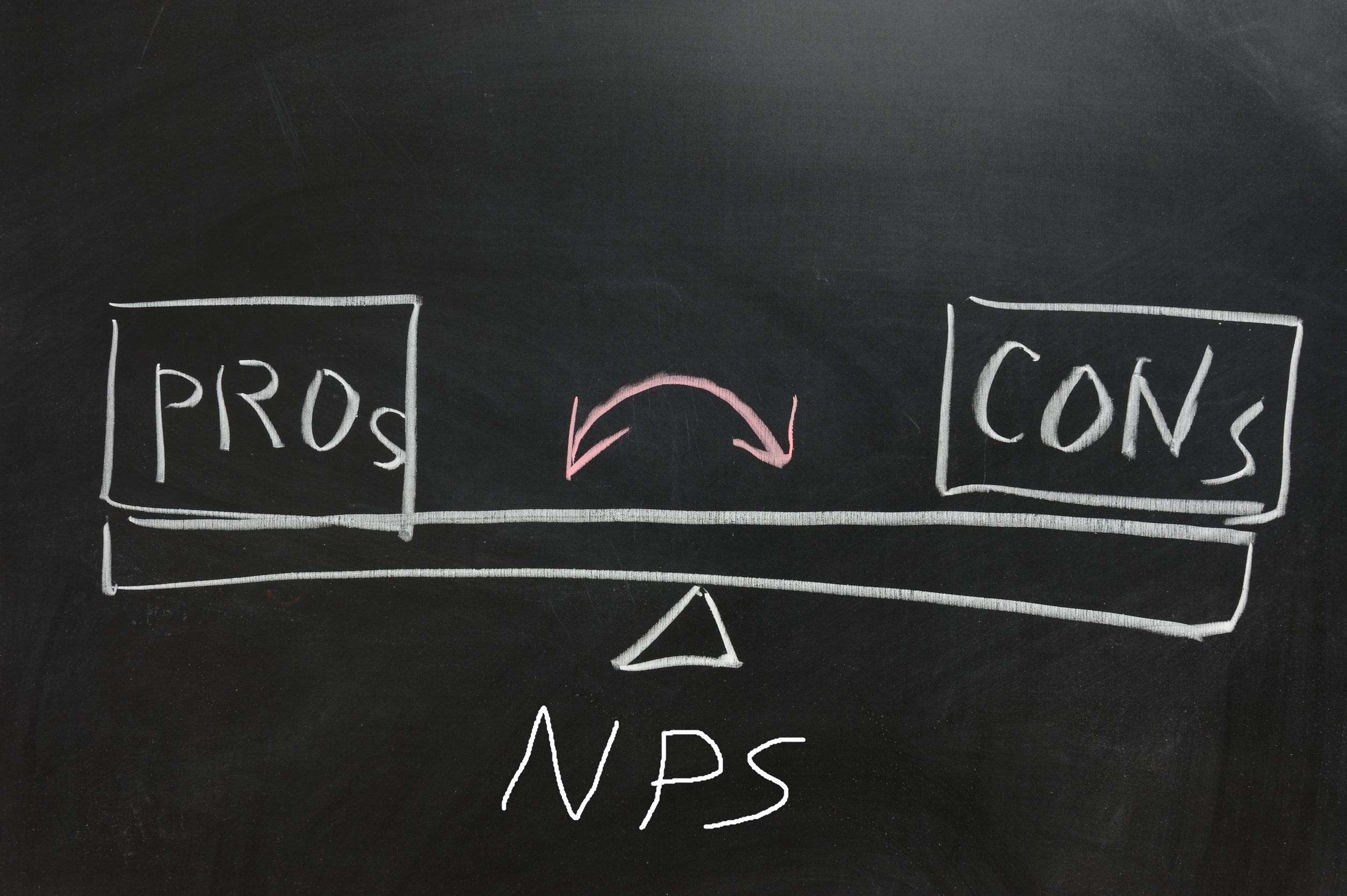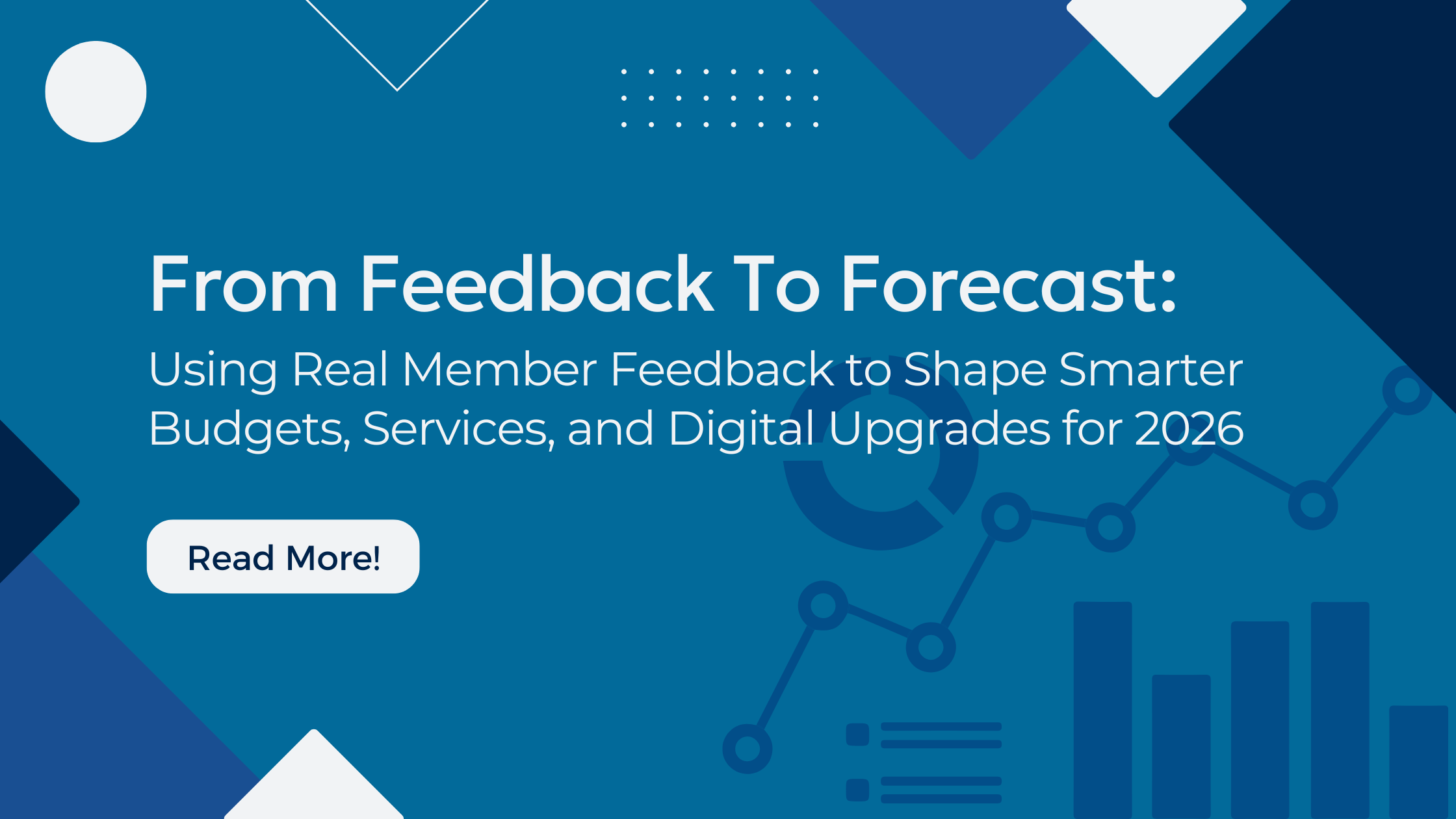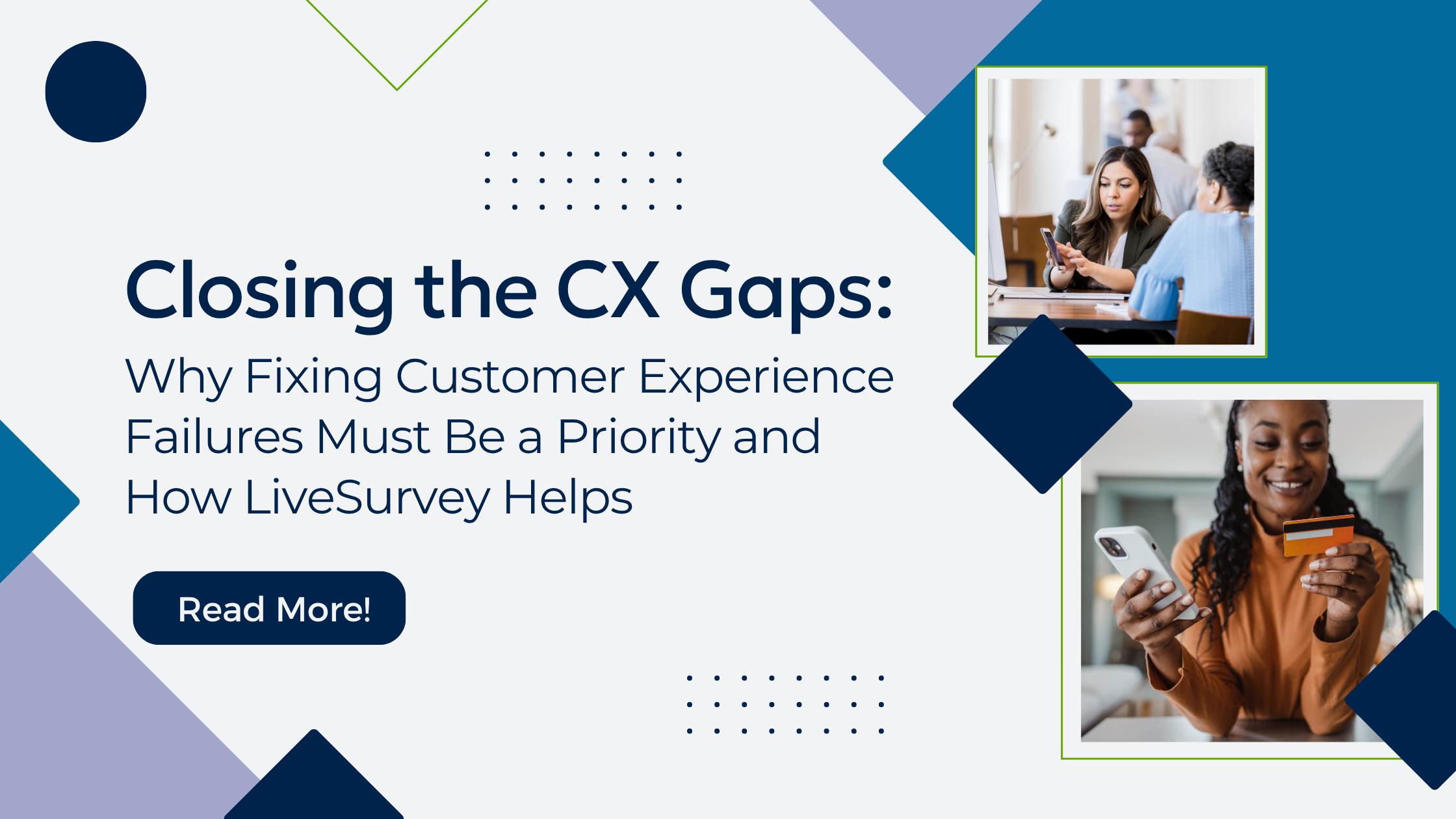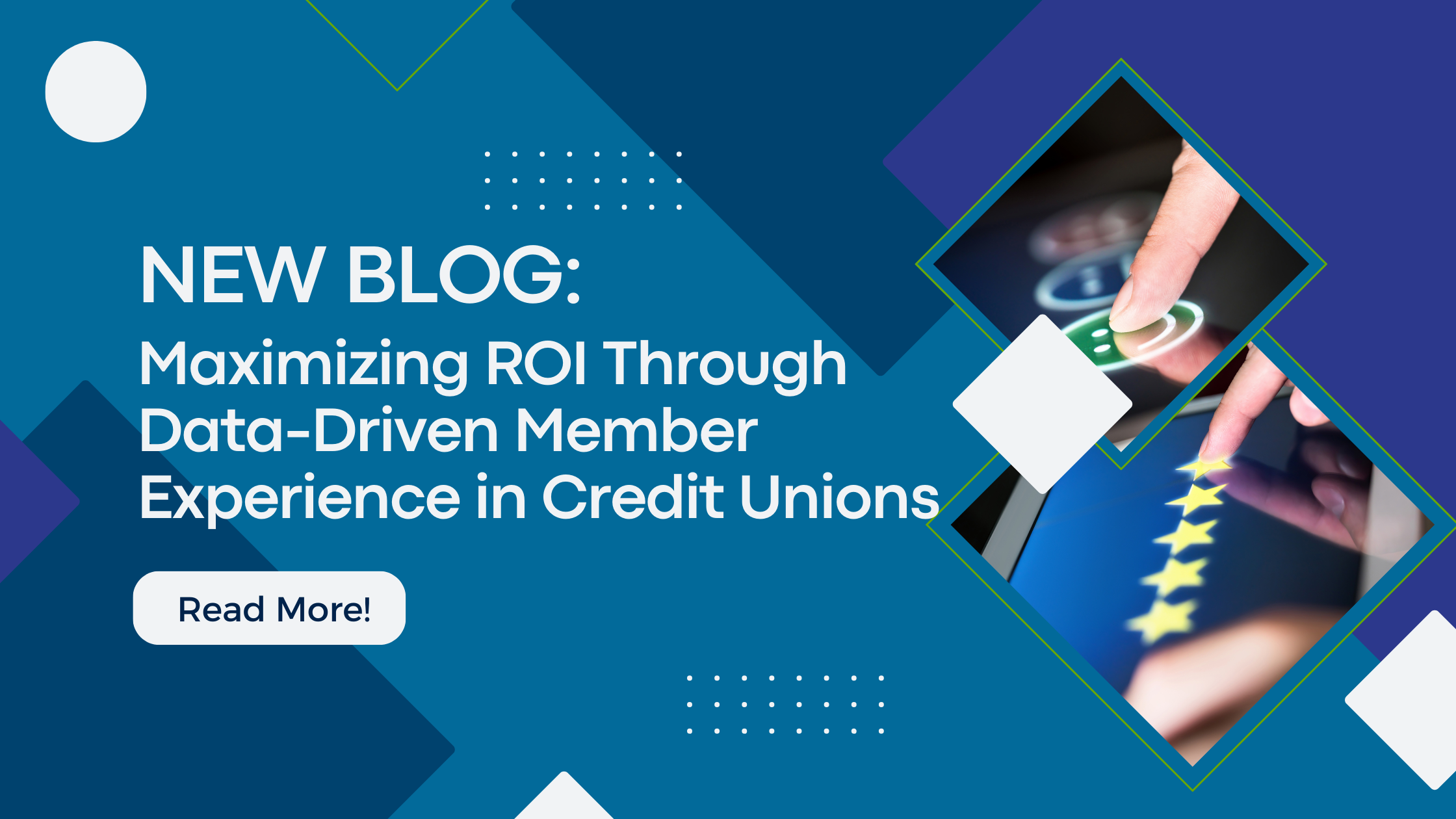Is Member Service the “Latest Fad”?
In a recent study by research firm NGC, when they asked financial service consumers “What quality is most important to you when interacting with a bank?” 67% of respondents chose either “Customer service” or “Good/easy to use online services”, while only 21% said location.
Credit Unions have always placed member service much higher on the importance scale than banks. Now it seems that the member experience is more important than ever. Great news for our members, but we need to step up our game to take advantage of this “latest trend”.
To win the hearts (and wallets) of tomorrow’s members, Credit unions need to focus on becoming even better at being member-centric organizations.
Not sure if you’re member-centric enough at your credit union? Here are 5 things that market leaders in this area do well. See how you stack up.
1. Member-Centricity Starts from the Top.
Executive teams that want to have a member-centric organization must set the example by placing the metrics (NPS, MES, etc.) front and center as KPI’s. It’s common for credit unions to focus on growth numbers, ROI, or loan totals for each month of the year. Everyone on staff can probably tell you what the loan goal for the big promotion is.
But unless they also know what the member service score goals are—and know it by heart—it just won’t be prioritized by staff. Focusing once per year on “member survey” project results sends the exact wrong message. Management should be regularly communicating about service goals and progress in meetings, emails, reviews, etc. Focus on creating a great member experience must become part of the culture, and it starts from the top.
2. Pick a metric and focus on it.
“What gets measured gets done” is a saying that’s been attributed to Peter Drucker, Edwards Deming, Lord Kelvin and others. Regardless of who said it, the point is clear: measuring something gives you the information you need to improve it. So, which metric is best? Before I answer—a short quiz:
Q: What’s the best diet to lose weight?
A: Any of them, if you are fanatical about it.
The same could be said of member experience metrics. While many would argue for their own personal favorite metric (NPS, Effort Score, etc.), the most important factor is to pick one go for it, 100% throughout your Credit Union. Learn it, measure it, share it at all levels of the organization frequently, and use it to drive actions that will help you improve.
3. Be Transparent to Ensure employee buy-in.
Gartner defines the member experience as, “the [member’s] perceptions and related feelings caused by the one-off and cumulative effect of interactions with a business’ employees, channels, systems or products.” Employees have a major role to play in placing the member at the center of the experience.
Ensure employee buy-in with regular feedback sessions, empower your employees to ensure members have a good experience and provide plenty of coaching and feedback to keep this priority fresh on their minds. You should also regularly review processes and try to remove barriers or bottlenecks that might be causing a poor member experience.
4. Learn from member feedback.
Member feedback is the lynchpin to managing the member experience. Your members will tell you what is working and what is not, but are you listening? Will your organization be able to act on what you hear? For this to happen, you need to make sure that member feedback is available to employees. Also, you need to have the right review and training processes in place to make sure it is acted upon. Listen, learn, act, repeat.
5. Make every interaction a connection.
Each interaction is a “moment of truth” and should be treated as such. Once your chosen metric is established as a key metric within the organization, and a feedback loop is in place, the regular work of making every interaction a connection can take place.
This is an Opportunity for Credit Unions.
In the NGC survey referenced above, only 15.3% of respondents said that their “bank” understood them best (only google was better, at 17.1%). 42% of them said “none”. This represents an opportunity for credit unions to race to the front and become the service providers known for understanding their members best.
Ideally, this will happen if we develop our industry around being member-centric and responsive. Follow the market leaders and start implementing some member-centric strategies at your credit union. The time to start making the shift is now.





